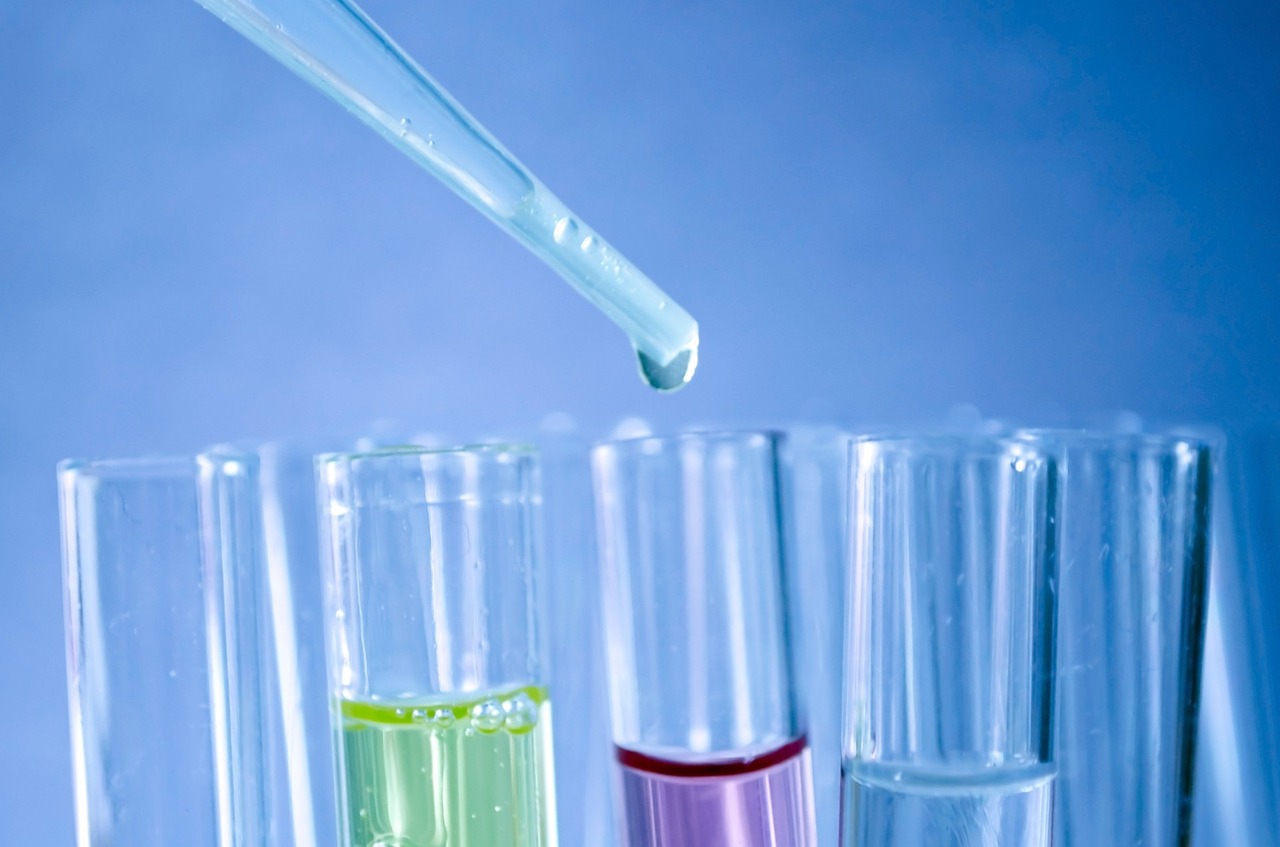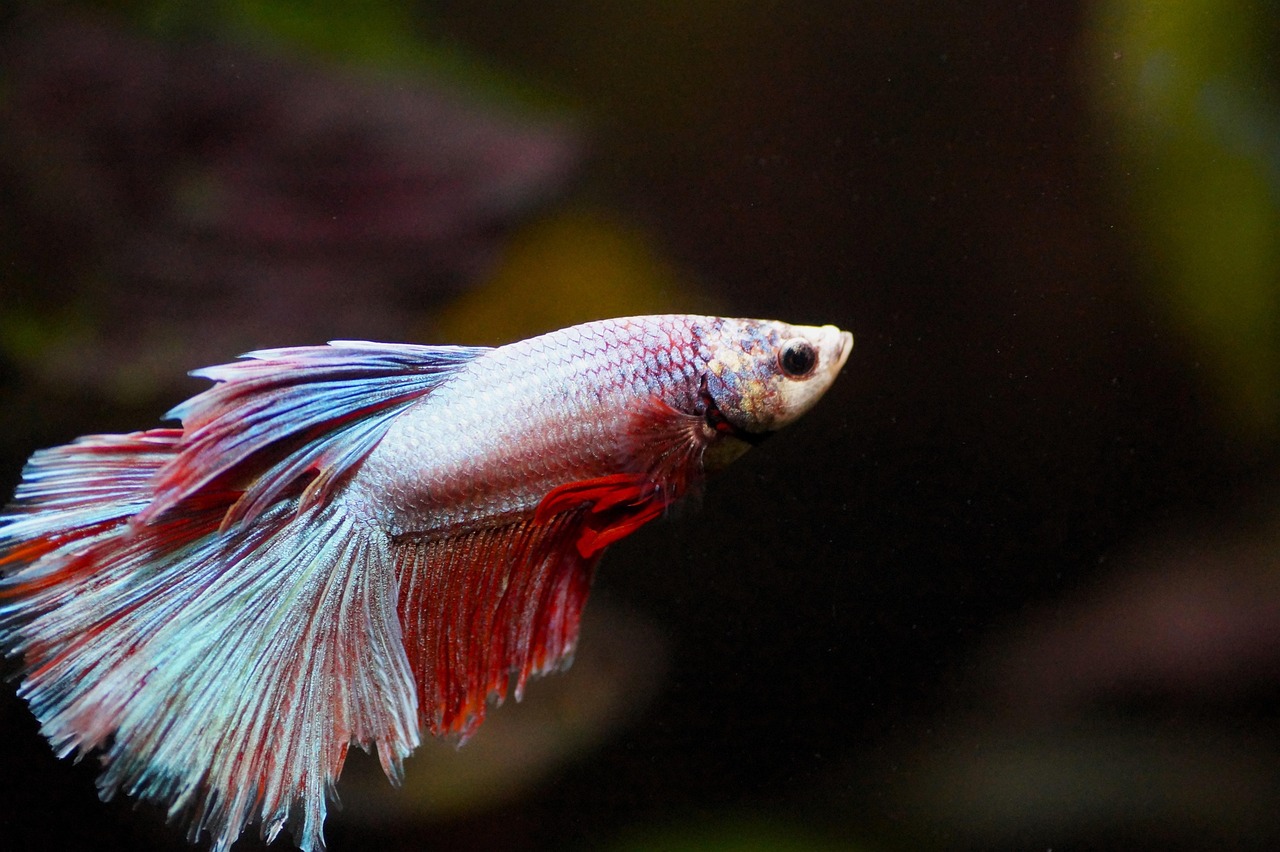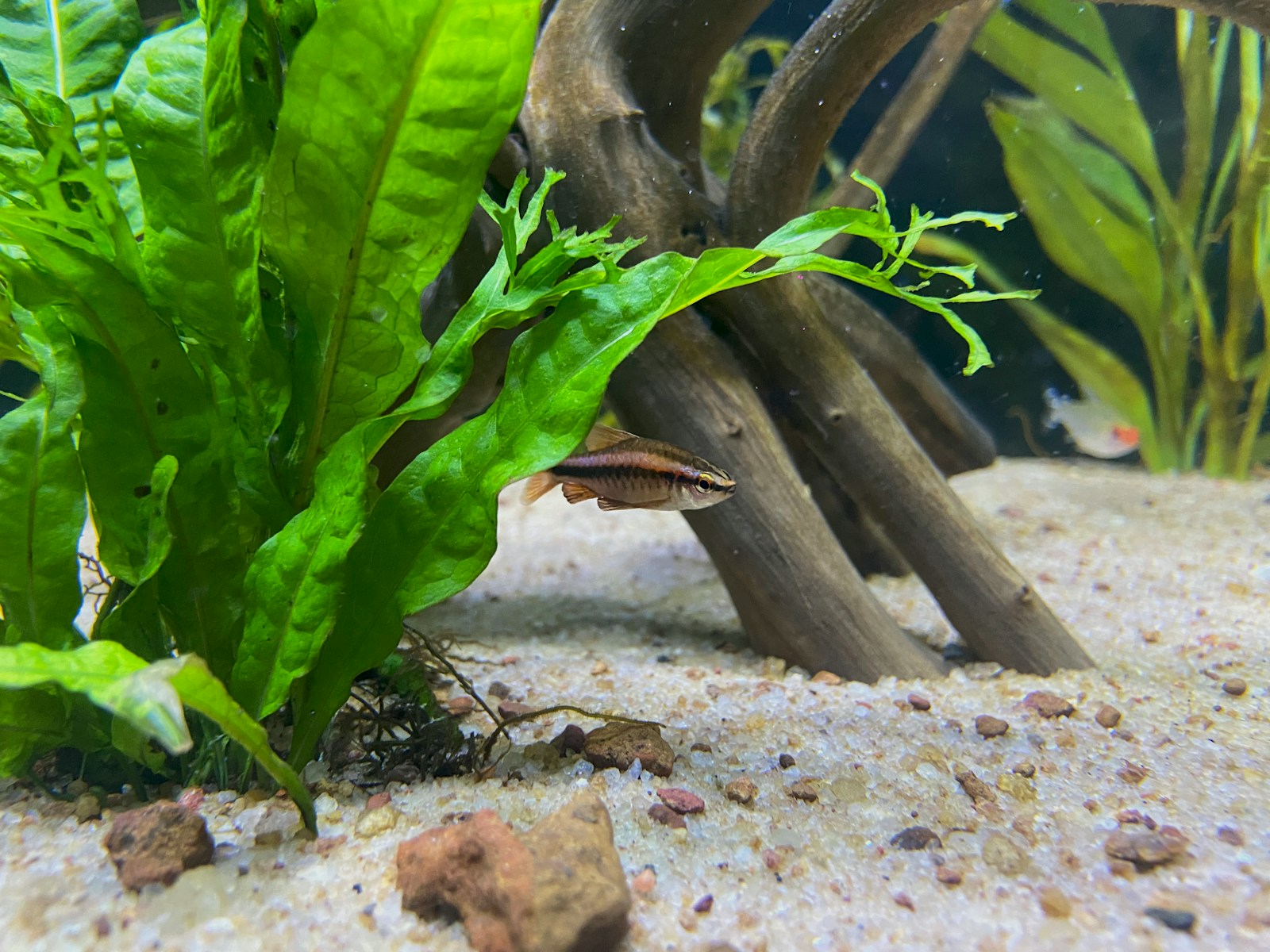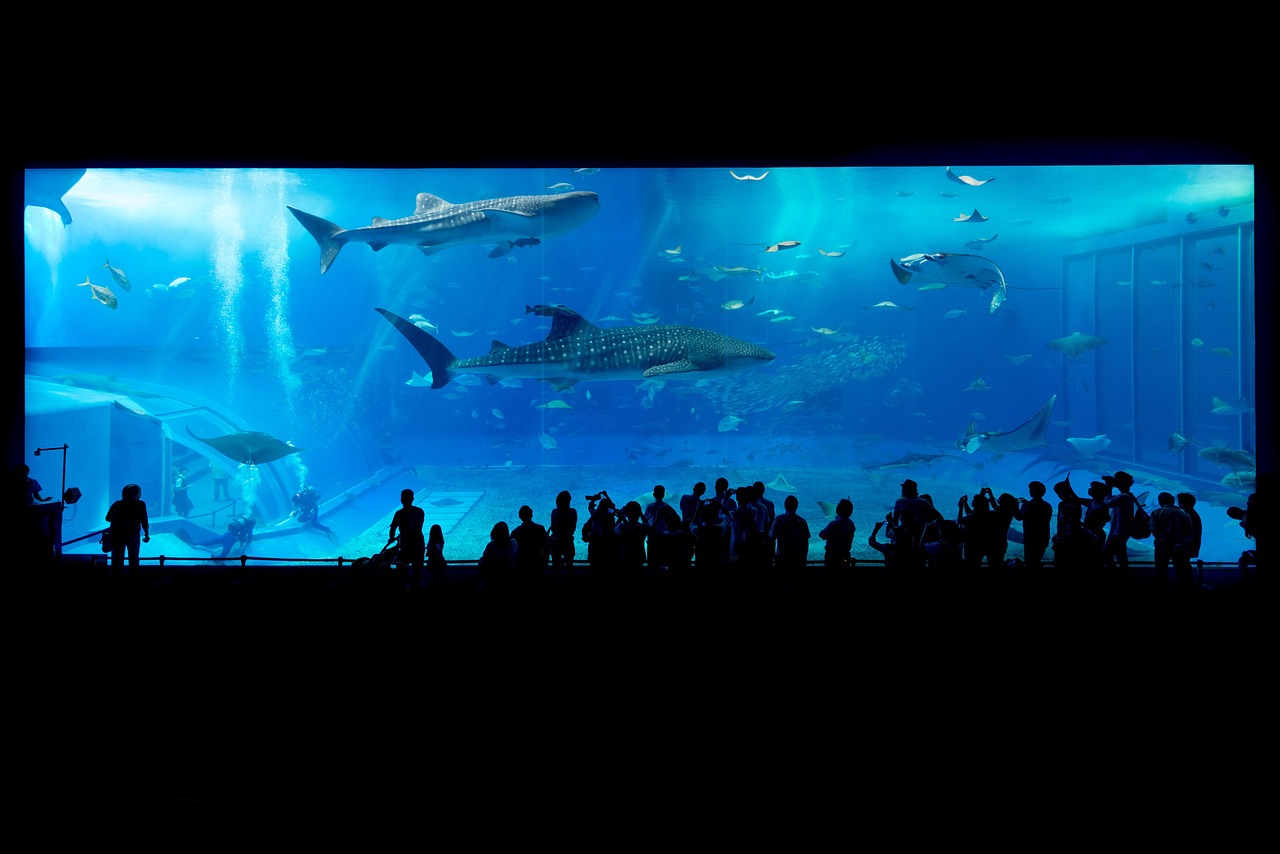
Creating and maintaining the ideal water conditions in your freshwater aquarium is essential for the health and happiness of your aquatic pets. One of the key factors in achieving this is maintaining the proper water levels. Water levels encompass parameters like water depth, temperature, pH, hardness, and more. In this article, we’ll dive deep into the essential aspects of water levels for a freshwater aquarium, helping you strike the perfect balance for your aquatic ecosystem.
-
Water Depth
The depth of water in your aquarium is one of the fundamental factors to consider. It directly impacts the type of aquatic life you can keep and influences the aesthetics of your setup. Here are some key points to consider:
a. Shallow Aquariums: Shallow tanks, usually less than 12 inches deep, are ideal for small fish species, fry, and aquatic plants that require less light penetration. These setups are easier to maintain and can create visually stunning aquascapes.
b. Medium-depth Aquariums: Tanks with depths ranging from 12 to 24 inches are versatile and accommodate a wide range of fish species and plants. They provide enough swimming space for most fish and ample room for aquascaping creativity.
c. Deep Aquariums: Tanks deeper than 24 inches are suitable for larger fish species that require more vertical swimming space. However, these setups can be challenging to maintain, as lighting and oxygen distribution become more critical.
-
Water Temperature
Maintaining the right water temperature is crucial for the well-being of your aquatic inhabitants. Different species have different temperature preferences. Here are some common temperature ranges:
a. Tropical Aquariums: Most tropical freshwater fish thrive in temperatures between 75°F to 82°F (24°C to 28°C). Heaters are often required to maintain this temperature range.
b. Coldwater Aquariums: Some species, like goldfish, prefer cooler temperatures ranging from 65°F to 75°F (18°C to 24°C). Special consideration should be given to selecting fish that thrive in colder water.
c. Species-Specific Tanks: Always research the specific temperature requirements of the fish you plan to keep. Some species have very narrow temperature tolerances.
-
pH Levels
The pH level of your aquarium water measures its acidity or alkalinity. Most freshwater aquariums thrive at a slightly acidic to neutral pH range of 6.5 to 7.5. However, certain species, like African cichlids, prefer higher pH levels, around 7.8 to 8.5. It’s essential to research the pH preferences of your chosen fish and plants to maintain their health.
-
Water Hardness
Water hardness measures the concentration of minerals, primarily calcium and magnesium, in the water. It is usually categorized into two types:
a. Soft Water: Soft water has low mineral content and is typically preferred by species like tetras and angelfish. You can soften water with appropriate filtration or use of specific substrates.
b. Hard Water: Hard water contains a higher concentration of minerals and is favored by species like livebearers (e.g., guppies and mollies). You can increase water hardness using mineral additives.
-
Ammonia, Nitrite, and Nitrate Levels
The ammonia, nitrite, and nitrate levels in your freshwater aquarium are vital for maintaining water quality and preventing harm to your fish. These compounds are byproducts of fish waste and decaying organic matter. Here’s what you need to know:
a. Ammonia: Ammonia is highly toxic to fish and should be maintained at near-zero levels. Biological filtration (through beneficial bacteria) is essential for converting ammonia to less harmful compounds.
b. Nitrite: Nitrite is another harmful compound, but beneficial bacteria will convert it into nitrate. Keep nitrite levels below 0.5 mg/L.
c. Nitrate: Nitrate is less toxic than ammonia and nitrite but can still harm fish at high levels. Regular water changes and the use of live plants help control nitrate levels.
-
Oxygen Levels
Adequate oxygen levels are essential for the respiration of your fish and other aquatic inhabitants. Ensure proper surface agitation and aeration to maintain oxygen saturation. Oxygen levels should remain above 5 mg/L to support healthy fish.
What is the best kH levels for a fresh water aquarium?
The best carbonate hardness (kH) levels for a freshwater aquarium can vary depending on the specific needs of the fish and plants you have in your tank. Carbonate hardness, often referred to as alkalinity, is a measure of the water’s ability to resist changes in pH. It is an essential water parameter to consider, as it can directly affect the stability of pH in your aquarium.
Here are some general guidelines for kH levels in a freshwater aquarium:
- Low kH (0-3 dKH):
- Suitable for softwater species: Fish and plants that originate from soft, acidic waters, such as many Amazonian species (tetras, discus, angelfish) or certain Southeast Asian species (bettas).
- Low kH levels can help maintain a lower and more stable pH, which is essential for species that prefer slightly acidic conditions.
- Regular monitoring and adjustments may be necessary to prevent pH fluctuations.
- Moderate kH (4-8 dKH):
- This range is suitable for a wide variety of freshwater fish and plants.
- Most community aquarium species, including livebearers, cichlids, and many popular aquarium plants, will thrive in water with moderate kH levels.
- This range provides a good balance between pH stability and flexibility.
- High kH (9+ dKH):
- Some fish, like African cichlids and livebearers (guppies, mollies), come from hardwater environments and prefer higher kH levels.
- A higher kH can help maintain a more alkaline pH, which is often preferred by these species.
- Be cautious when attempting to lower the kH in tanks with high kH-loving fish, as rapid changes can stress them.
It’s important to note that maintaining stable water parameters, including kH, is often more critical than targeting specific numerical values. Sudden fluctuations in kH or pH can stress or harm your fish. Therefore, it’s advisable to acclimate new fish slowly to your tank’s water conditions and make any adjustments gradually.
Regular water testing and monitoring, along with proper research into the specific requirements of the fish and plants you plan to keep, will help you determine the best kH levels for your freshwater aquarium. Additionally, using appropriate substrates, additives, and water changes can help you maintain the desired kH levels and provide a stable and comfortable environment for your aquatic inhabitants.
Summary
Maintaining the best water levels for your freshwater aquarium is crucial for creating a thriving aquatic environment. Understanding and monitoring factors such as water depth, temperature, pH, hardness, and water quality are essential for the well-being of your fish and aquatic plants. Always research the specific requirements of the species you plan to keep to ensure a harmonious and healthy aquarium ecosystem. With the right knowledge and care, you can create a stunning and sustainable freshwater aquarium that provides joy and fascination for years to come.



